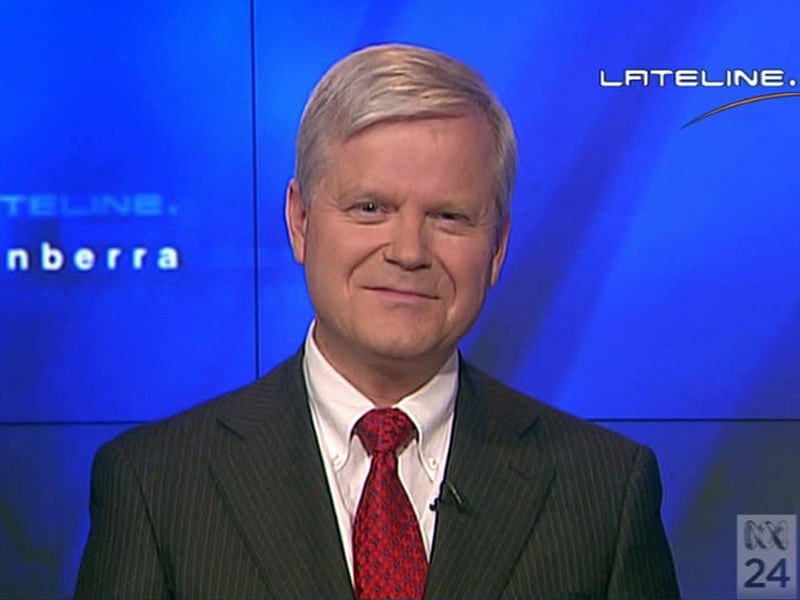I like Chris Richardson; I used to work with him at Access Economics so I have known him and followed his views for some 15 years. He is a very knowledgeable and experienced economist.
Richardson has been correct in identifying in a variety of channels and forums the fundamental challenges we face – from the shift in the profile of our working population, to the fact that our major resources customer is changing their buying preferences.
But in his call for ‘reform’ – and its cousin ‘productivity’ – again iterated in the Australian Financial Review on August 24, Richardson is wrong, just like most of our business and political leadership.

Reform carries the implication of modifying an existing arrangement, either to correct some unsatisfactory element or to improve it. So the Treasurer talks about fixing bracket creep because somehow it is such a universal disincentive to work that all of us will be on the next boat to Singapore.
Business talks of industrial relations reform, because that looks easier than actually learning how to manage better. And health and education reform discussions inevitably devolve into debates about who pays.
There is nothing in our circumstances that provides evidence that ‘reform’ will provide any real solution. The fact is that as an economy we are being disrupted, and the drivers of this disruption – renewable energy technologies, new materials, distributed education, aging population and yes, changing customer preferences – will persist.
In our current circumstances, we don’t need reform. We need to pivot and restart.
Our future prosperity depends not on constant fiddling at the edge, but on embracing the potential of technology and innovation.
Let’s take the aging population as an example. We are challenged by the impact of the change to our dependency ratio. We are concerned about our ability to produce the goods and services the community needs when we have a smaller relative working population base.
But robotics technology means our ratio of capital/intellectual investment to labour will change, and our ability to deliver both goods and services will scale-up significantly. Of course, we have to to have the minds not just to develop this technology, but also to assist the community in adapting to it. We have to support the research, education and training prerequisite to accomplishing this pivot.
As an a nation, we are best to consider ourselves to be back at the startup stage, where we reassess the fundamental trends that affect us, redefine our desired capabilities – and like all good startups – examine our values.
My message to Chris Richardson is this: in terms of economics, this is not a matter of reform. As our means of production inevitably changes with technology, we need to reconsider how how we distribute the wealth produced.
We need to get past this pivot point if we are to fully address the challenges disrupting us.
Reform may well be part of this transition, but it is not a strategy for the future.
Paul Cheever is Chief Executive Officer and Director of the Australian Institute for Innovation. The AII is a not-for-profit organisation whose mission is to bring practical experience to inform Australian policy and program discussions on the innovation system and innovation investment.
Do you know more? Contact James Riley via Email.
